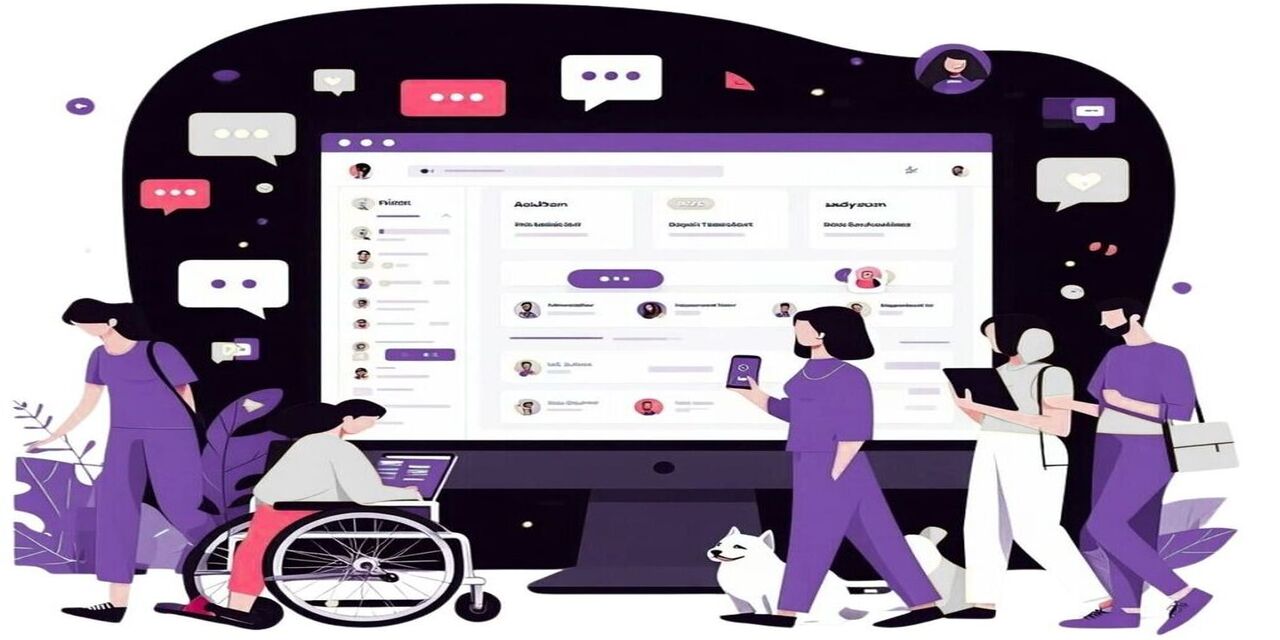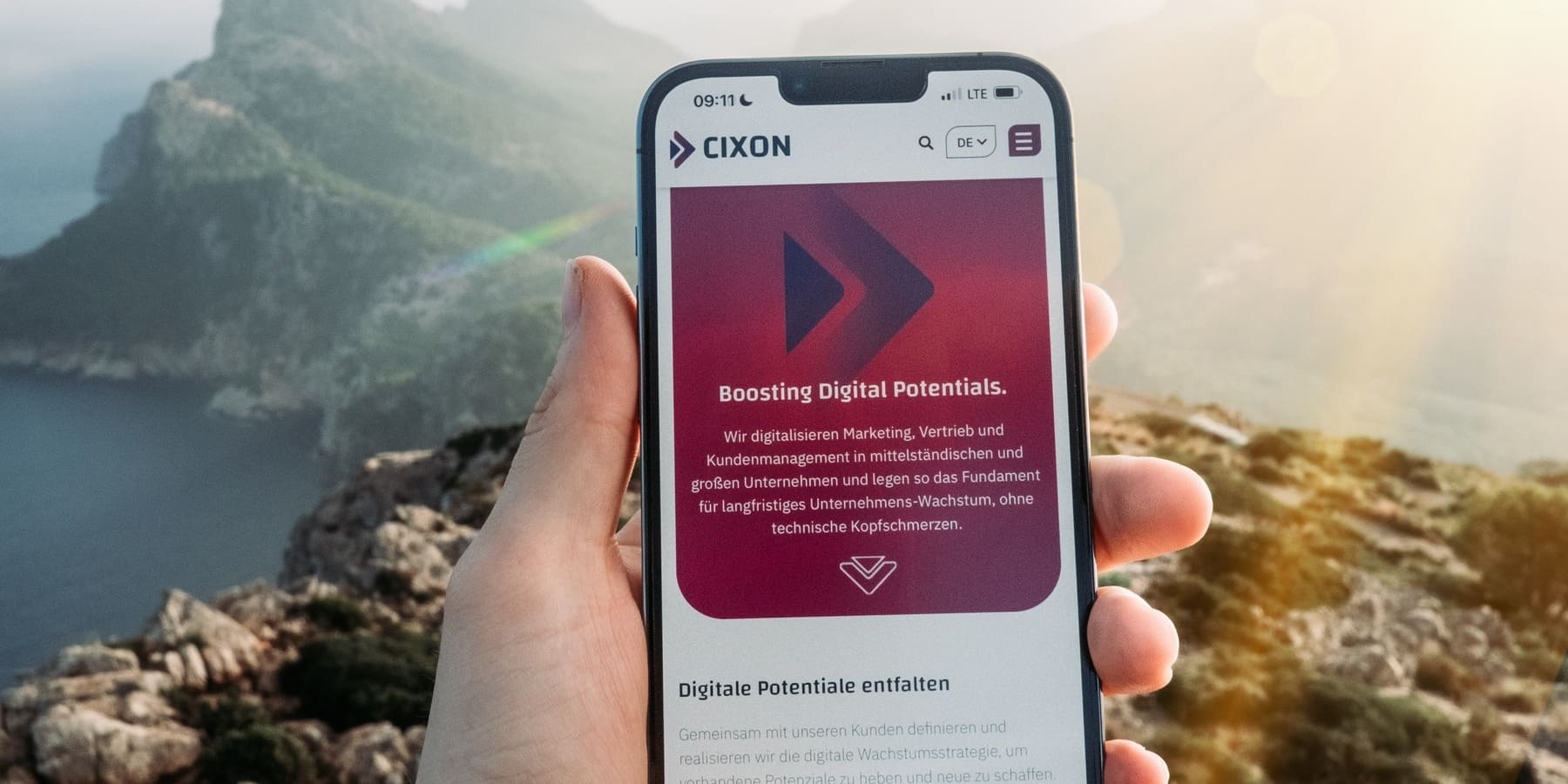Digitalization is changing our lives, and with it the way we access information. However, not everyone has the same access to digital content. To ensure accessibility for all, accessibility on websites will be required by law from 2025. In this article, we look at the legal requirements that will come into force from 2025 and explain why it is essential for companies to address accessibility.
Accessibility as a law - what companies need to know
From 2025, companies with more than 10 employees or a turnover of over €2 million will have to make their websites accessible. This new legislation aims to enable digital access for all people - regardless of their abilities or limitations. It is crucial that companies get to grips with the accessibility requirements at an early stage in order to be compliant in time and avoid penalties.
SEO and UX in conjunction with accessibility
Accessibility is not only important from a legal perspective, but also from a user experience (UX) and search engine optimization(SEO) perspective. Accessible websites offer a better user experience for everyone - regardless of disability - and can improve the reach and visibility of a website. An accessible website leads to better perception and can therefore strengthen a company's reputation.
The WCAG: conformance levels and their significance
The Web Content Accessibility Guidelines (WCAG) are the basic guidelines for designing accessible websites. They define the standards that websites must meet in order to be considered accessible. WCAG provides clear criteria for the design of websites that improve accessibility for people with various disabilities. A distinction is made between different levels of conformity, ranging from "A" (the lowest level) to "AAA" (the highest level). Companies must achieve at least level "AA" in order to meet the legal requirements.
The most common sources of error and how to avoid them
When creating accessible websites, there are numerous sources of error that are often overlooked. These include insufficient contrast, missing alt texts for images, inaccessible forms and problems with keyboard navigation. Tools such as the Wave tool offer a quick and easy way to identify and correct these errors. But not only automated tools should be used - manual tests and regular checks are also necessary to ensure continuous accessibility.
Tools for implementing accessibility
There are numerous tools and technologies that support companies in implementing accessibility on their websites. Some of the best known are
-
Wave Tool: An online tool for analyzing websites for accessibility.
-
Axe Accessibility Checker: Another tool for checking WCAG conformity.
-
Siteimprove: A comprehensive tool for digital quality management that also checks accessibility.
Using such tools is a good first step, but the responsibility for accessibility needs to be distributed across the whole team, especially marketing and web development teams.
Responsibility for accessibility within the company
The implementation of accessibility should not be left to one person or department alone. It is important that marketing and IT teams work together to ensure that accessibility is integrated into all aspects of the website. Close collaboration and regular training can help to avoid typical sources of error and ensure that requirements are continuously met.
Conclusion: Accessible websites as a competitive advantage
Implementing accessibility on websites is not only a legal obligation, but also an opportunity for companies to improve their digital presence and optimize their user experience. By adhering to WCAG guidelines, using tools for analysis and regular reviews, companies can ensure that their websites are accessible - for all people, regardless of their abilities. Companies that address the accessibility of their websites now not only position themselves as leaders in inclusion, but also avoid legal and reputational risks.
If you want to stay up to date with the latest trends around CRM in the financial sector, subscribe to our free newsletter here.







